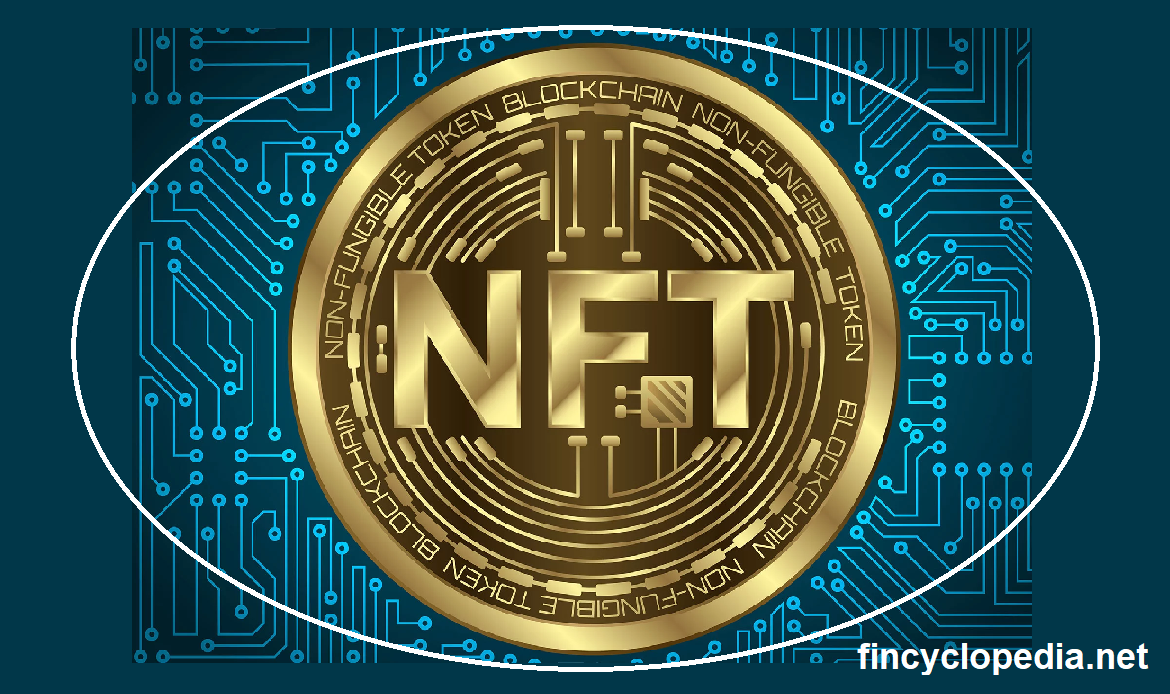A type of exchange traded fund (ETF) that invests in listed securities in a bid to mimic the performance of a benchmark/ index. It is a method of investing that involves an entire index or sector for the purpose of lowering costs and improving transparency about components (as opposed to active ETFs). A passive ETF seeks to replicate and track an index by holding the securities listed on the index in the same proportions.
As compared to active ETFs, passive ETF investing provides an array of advantages to investors, including performance, low-cost diversification, transparency and tax efficiency. Transparency comes through predictability and clarity of holdings and returns.
Given that passive ETFs make no active decisions about what components to hold, so turnover is typically much lower (compared to active funds). Meeting redemption comes at a lower cost, as ETF shares can be created or withdrawn without giving rise to tax liabilities, either to outgoing or remaining investors.
For more, see:






